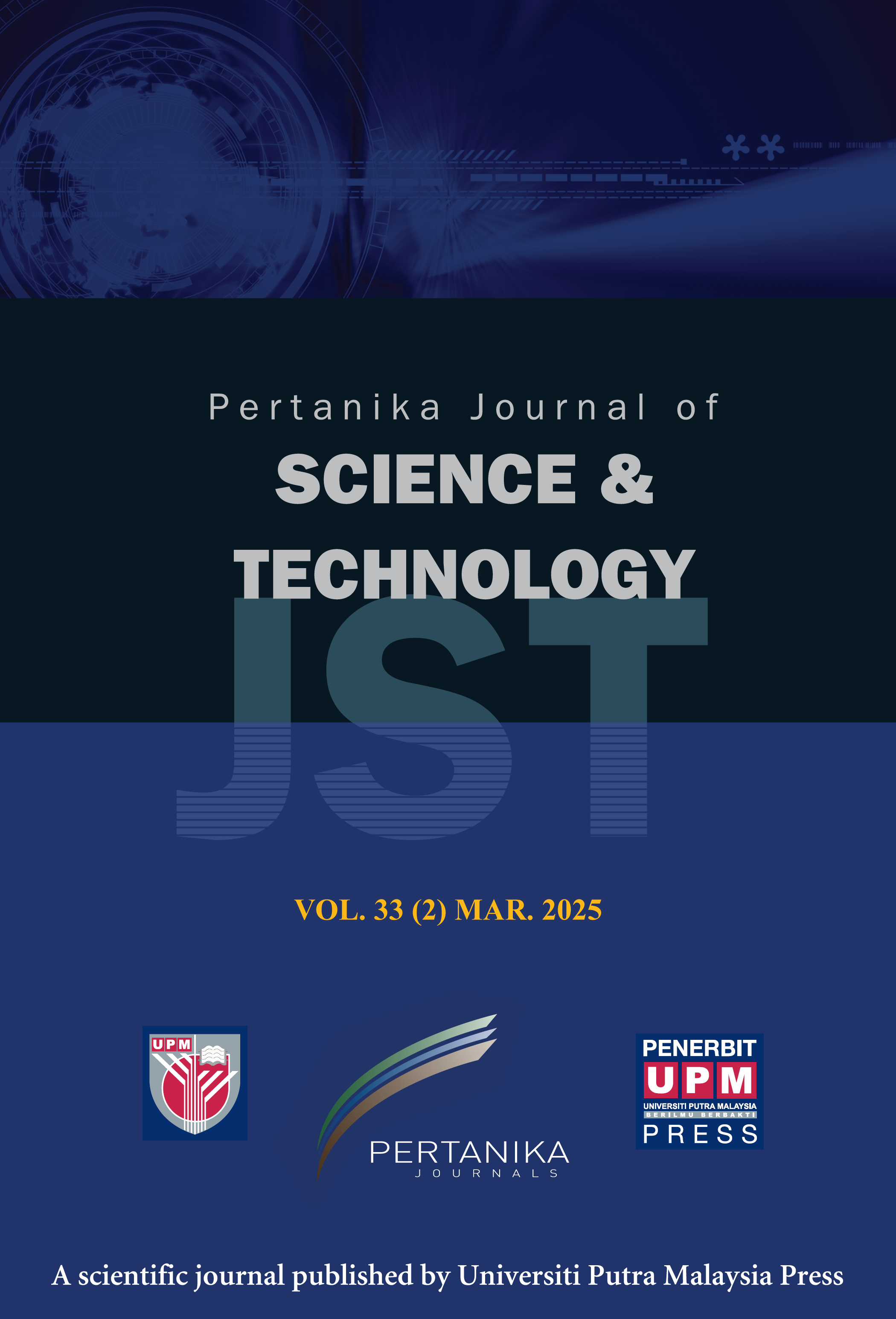PERTANIKA JOURNAL OF SCIENCE AND TECHNOLOGY
e-ISSN 2231-8526
ISSN 0128-7680
The Effects of Pre-Composting Subjected to Black Soldier Fly Larvae Digestion on Agri-Food Waste Maturation Indicators
Muhammad Heikal Ismail, Naweedullah Amin, Anie Yulistyorini, Ridwan Muhamad Rifai, Khursheed Alam Khan and Luqman Chuah Abdullah
Pertanika Journal of Science & Technology, Pre-Press
DOI: https://doi.org/10.47836/pjst.33.6.06
Keywords: BSFL, frass, nutrient, moisture-content, pre-composting
Published: 2025-09-30
The increasing demand for sustainable agricultural practices has led to the exploration of alternative composting methods, including the use of black soldier fly larvae (BSFL) for managing organic waste. This study compares the physical, chemical, nutrient, and nutrient loss properties of frass produced through two treatments at specified moisture contents of 65 and 80%, respectively (BSFL-65 and BSFL-80). The physical properties, including yield, water holding capacity, bulk density, and moisture content, were analyzed, revealing no significant differences between the treatments for yield, water holding capacity, and bulk density. However, moisture content was significantly higher in BSFL-80, indicating a distinct impact of treatment on water retention. In terms of chemical properties, the pH of BSFL-80 was significantly higher than that of BSFL-65, while electrical conductivity showed a significant difference at the borderline. Total dissolved solids were significantly higher in BSFL-80, whereas total volatile solids were significantly higher in BSFL-65. Nutrient content analysis revealed no significant differences in carbon (C), hydrogen (H), sulfur (S), nitrogen (N), phosphorus (P), potassium (K), and other elements, except for ammonia nitrogen, which was slightly higher in BSFL-80. Nutrient loss assessments showed no significant differences between the treatments for C, H, S, N, P, K, calcium, magnesium, copper, or zinc. These findings suggest that while certain chemical and physical properties, such as moisture content and pH, are significantly influenced by the treatment type, the overall nutrient composition and nutrient loss were largely unaffected by the treatment variations. This study provides valuable insights into the comparative efficacy of BSFL-based frass treatments, offering potential implications for sustainable agricultural practices and waste management.
ISSN 0128-7702
e-ISSN 2231-8534
Share this article

